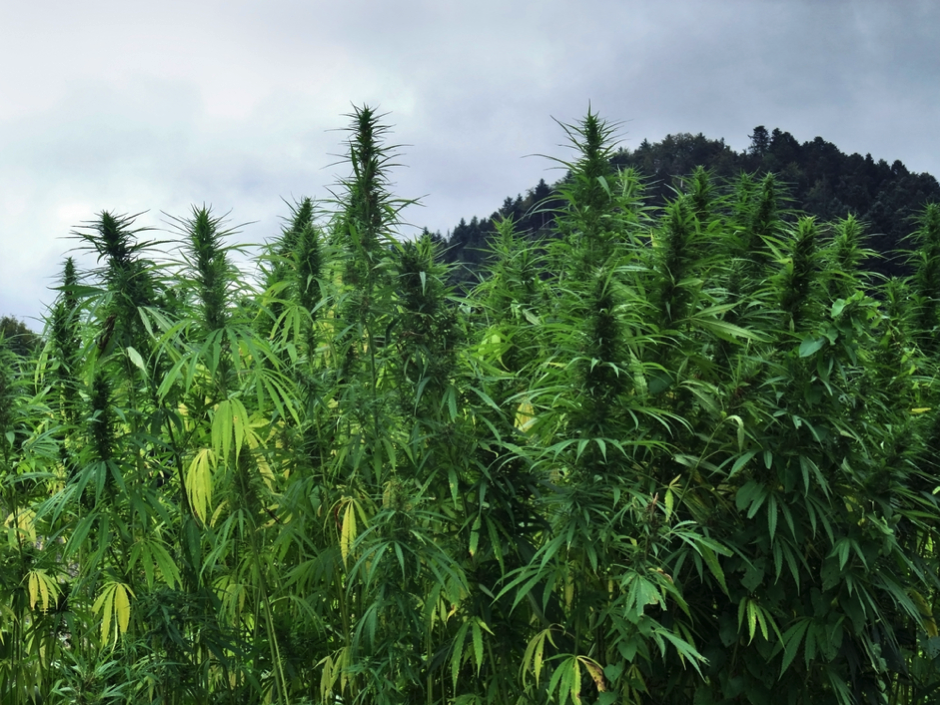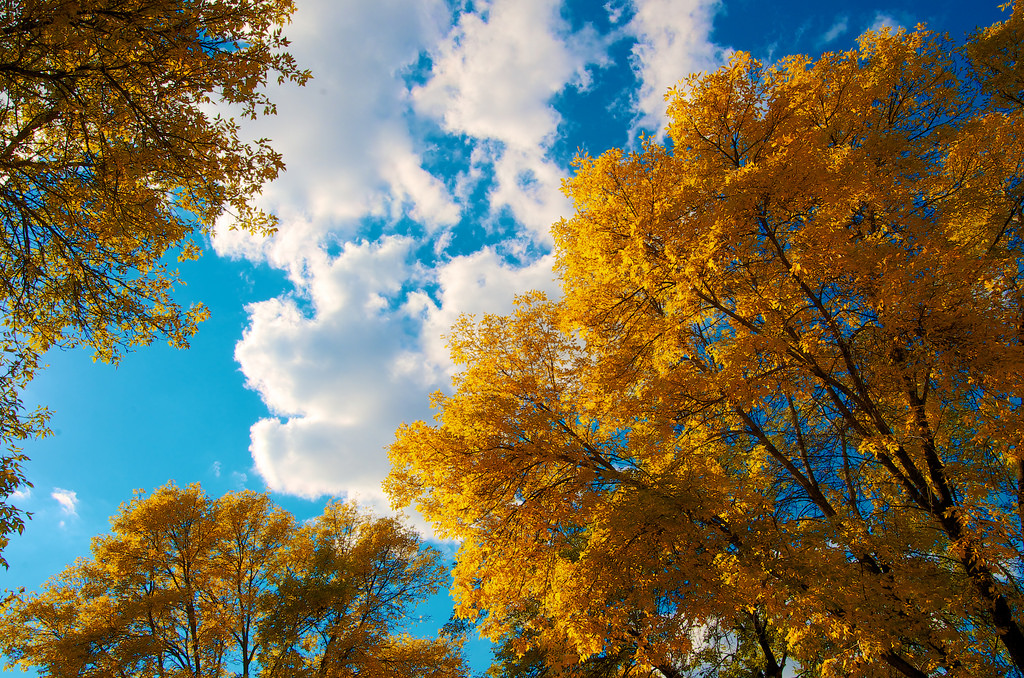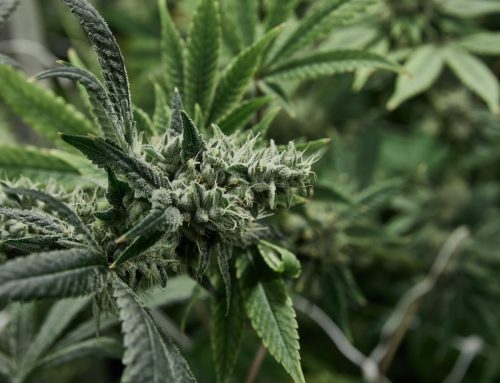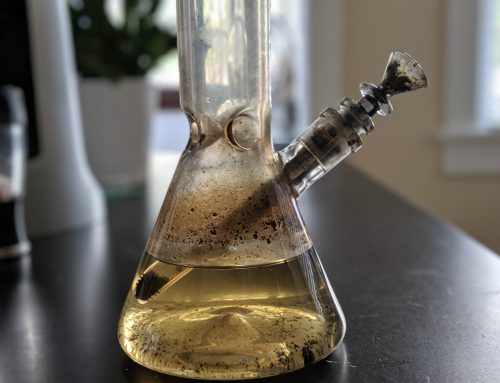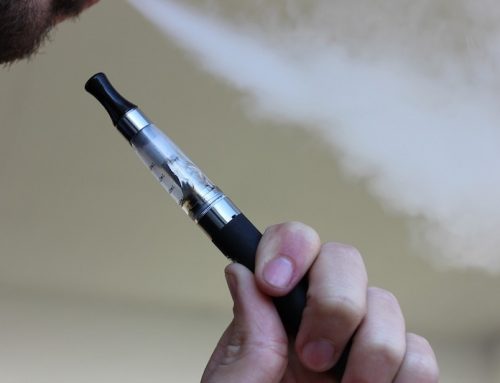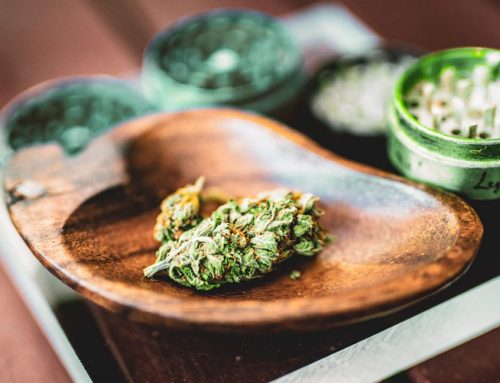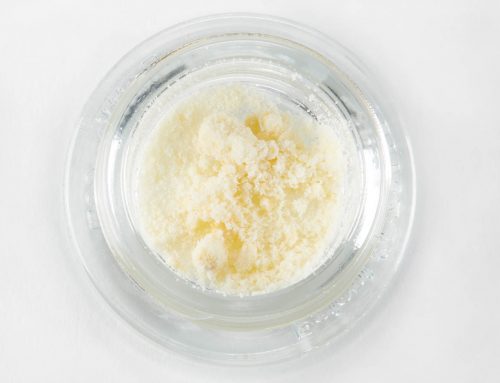When should you harvest marijuana from you outdoor grow? If you are lucky enough to live in a region where growing marijuana outdoors is possible…well, first of all you really should be counting your lucky stars! As far as the world’s leading connoisseurs are concerned, absolutely any grower with even the slightest possibility of taking their efforts outdoors should do exactly that.
However, to grow outdoors is to put yourself at the mercy of the seasons to one extent or the other, means much less control when it comes to things like flowering, harvesting and so on. The simple fact of the matter is that regardless of how incredibly successful your growing exploits may be, it doesn’t mean you cannot still completely and totally wreck your efforts if you get it wrong when it comes to harvesting.
If you make a complete mess of the harvesting element of the process having failed to do insufficient research, you really only have yourself to blame. Technically speaking, harvesting is the most critical element of the entire process when it comes to pinpoint accuracy – this doesn’t necessarily mean it has to be difficult, though. Simply do your homework, know what to expect and ensure that every move you make is well informed and educated.
Harvest Marijuana The Change of Seasons
Unsurprisingly, the changing of the seasons represents one of the most important prompts and reminders of all when it comes to harvesting. If you’re lucky, the summer sun may have given your plants a solid 14 hours of sunlight each and every day. Nevertheless, when September rolls around this could result in a rapid reduction in some light each day of approximately 90 minutes. This change is precisely what triggers the beginning of the flowering process as your marijuana plants shift their primary focus and energy utilisation away from vegetation.
With sunlight reduced by no more than an hour or two, the shift to flowering happens in a matter of days. It’s not a process you can manipulate when it comes to outdoor growing as you are of course at the mercy of nature. However, it’s of crucial importance that outdoor growing efforts take place away from any bright artificial light that may interfere with the flowering process by having impact on essential darkness during the night.
Are You Prepared to Harvest Marijuana?
It is easy to see why the autumn is the favourite season of pretty much every outdoor grower on earth. This is precisely when you begin to see the fruits of your efforts really taking shape and looking forward to harvesting an outstanding crop. Nevertheless, it’s not quite as easy as setting sight on an epic arsenal of killer buds and making with the shears. There are a few important tips and insights you really must know beforehand, not to mention the signs to be on the lookout for and mistakes to avoid at all costs.
Unsurprisingly, timing is everything. For the outdoor grower, this means keeping an extremely careful watch over both your plants and the weather conditions in general. There’s a precise peak you should be looking for when THC potency will be at its greatest. If you hesitate too long, you run the risk of degradation. If you run out of patience and harvest too early, your plants will not have had time yet to reach their full potential.
That being said, it’s generally a better idea to err on the side of caution and leave things a little longer, rather than harvest early. What’s more, you should also think about making any necessary preparations with regard to what exactly you intend to do with your marijuana, once it has been harvested.
When to Harvest Marijuana Outdoors
More often than not, your marijuana plants will do a very good job telling you exactly when and where harvesting should begin. There will be the number of considerable physical changes to the buds and the leaves themselves, which you probably won’t pick up on after staring at them closely.
For example, when the bigger leaves on the plant begin to turn yellow and brown, this indicates that the plant is dying. As for the buds themselves, you will undoubtedly notice a gradual yet distinct change in their colour – usually the slow fading of their previous deep green colour. It’s important to bear in mind that there is a big difference between buds losing a bit of their vibrancy and going so far as to turn brown. If they do turn brown, this means you’ve probably waited a little too long and the resulting smoke will be much harsher. That being said, you may benefit from a higher THC content, but at the expense of smoothness and flavour.
If unsure, it’s easy enough to carry out a quick web search and find a high definition image of your specific marijuana strain and how it looks when it is ready to be harvested. Visual cues will always be your best friend however, which in conjunction with keeping an eye on the weather will really tell you all you need to know.
And of course, you will always have the option of continuing the vegetative period for a little (or a lot) longer if you choose to do so, simply by ensuring you bring your plants indoors before the seasons begin to change. This can be especially useful if any of your plants aren’t quite as healthy and robust as their counterparts – no sense in letting them go to waste!
How to Harvest Marijuana Outdoors
In terms of actually getting the job done properly and safely, you’ll need to arm yourself with as many sealable bags as necessary and a clean (as in sterilised) pair of shears. It’s important to make sure that you begin the harvesting process long before there is any chance of the first frost setting in and doing unspeakable damage to your plants.
Depending on where you decide to grow your marijuana in the first place, you might also want to take your own personal safety and discretion into consideration. If you have grown your crop off-site in a public place, ensuring you are not followed and have adequate transportation means to get it all home discreetly are of course of enormous importance. On home turf, it’s also worth remembering that high-power zoom lenses come as standard with even the cheapest cameras these days, so you might want to bear in mind who may be watching – not just those within the immediate vicinity.

